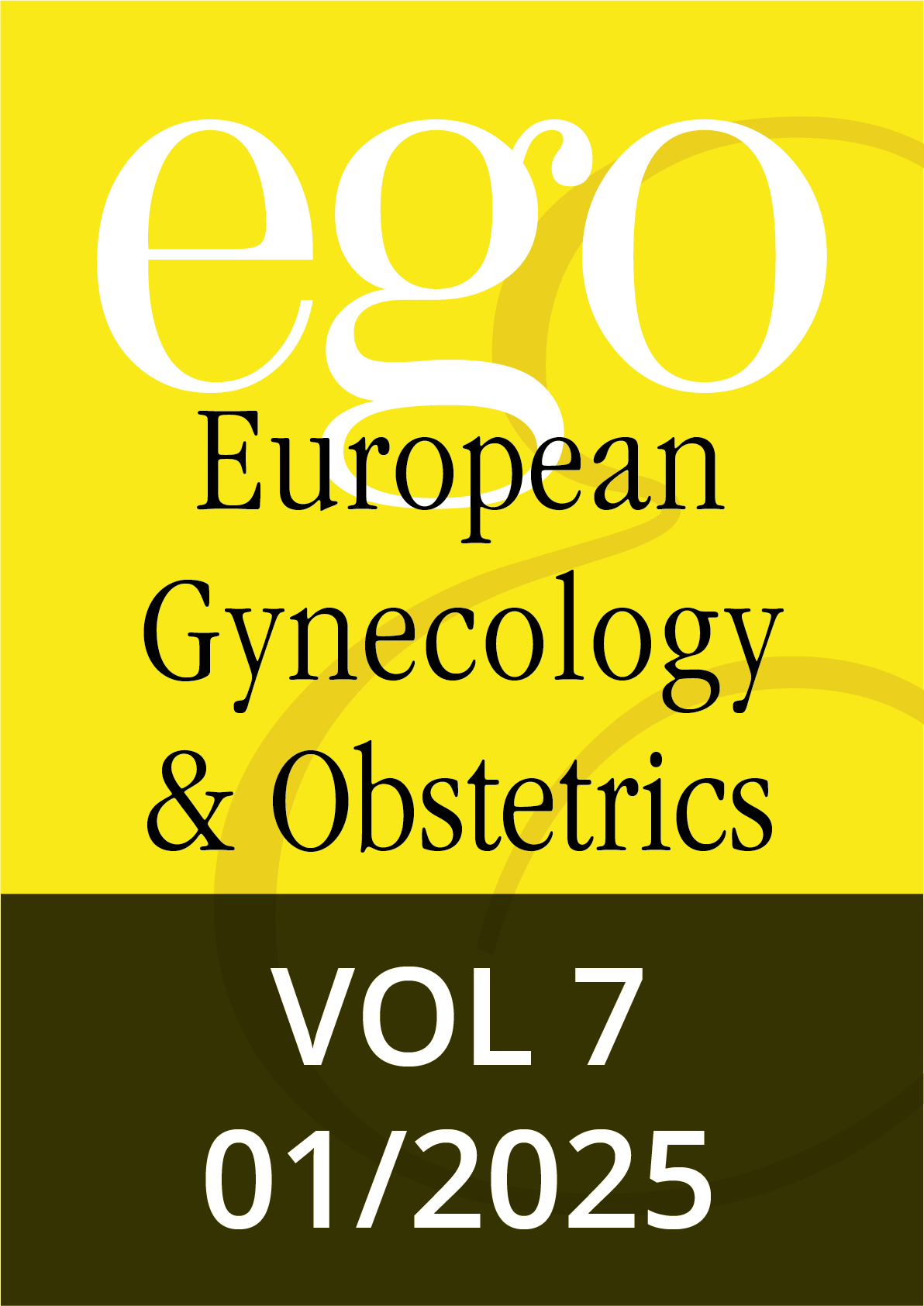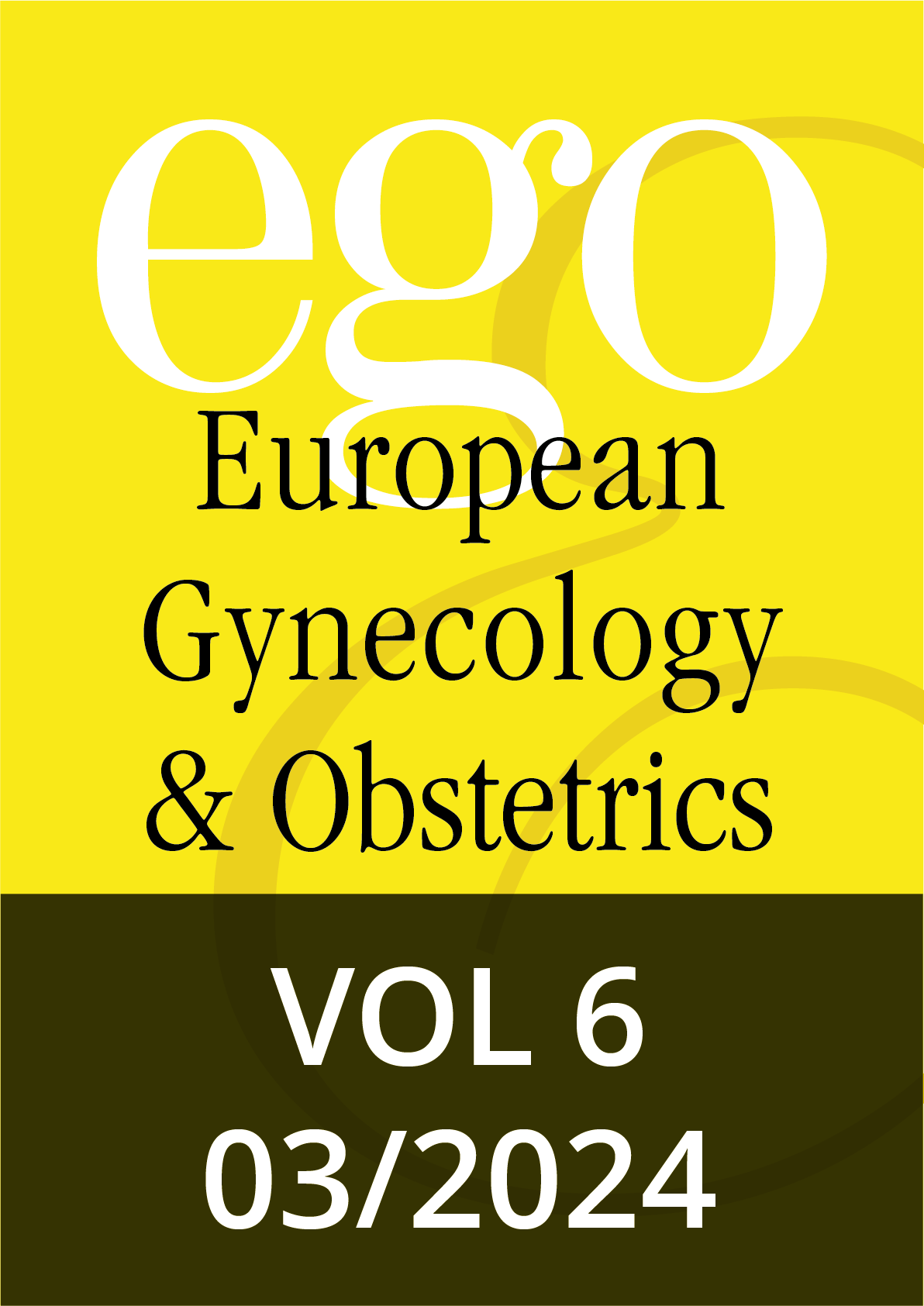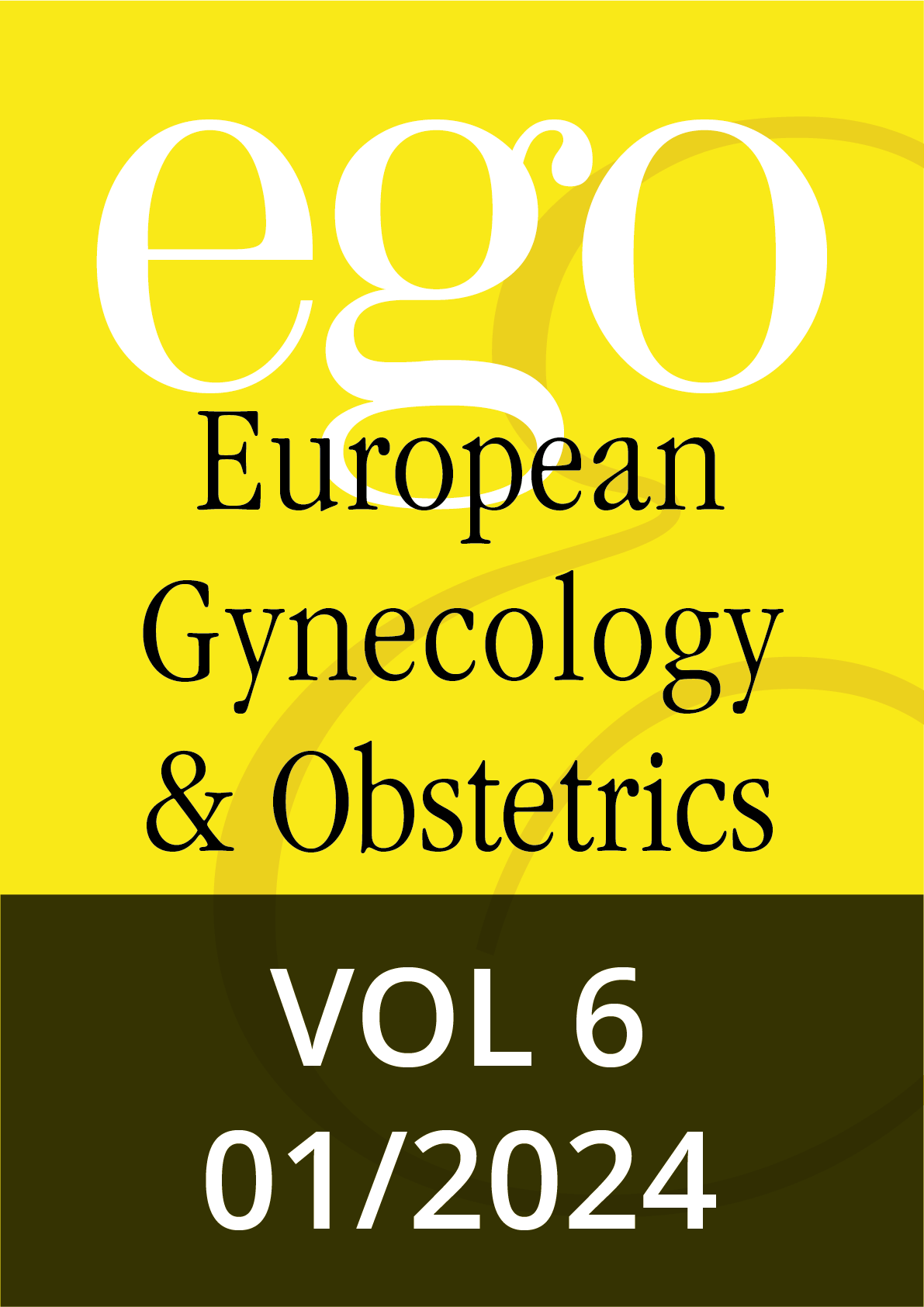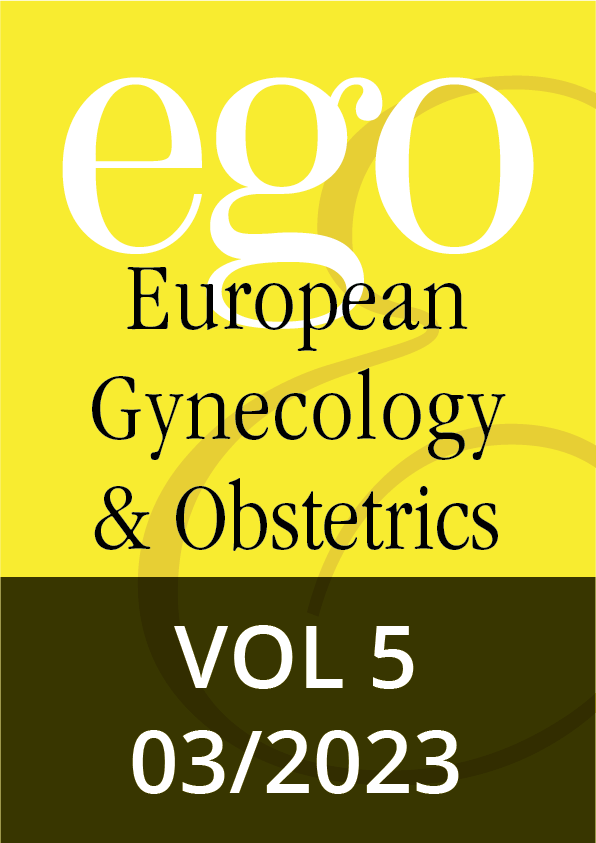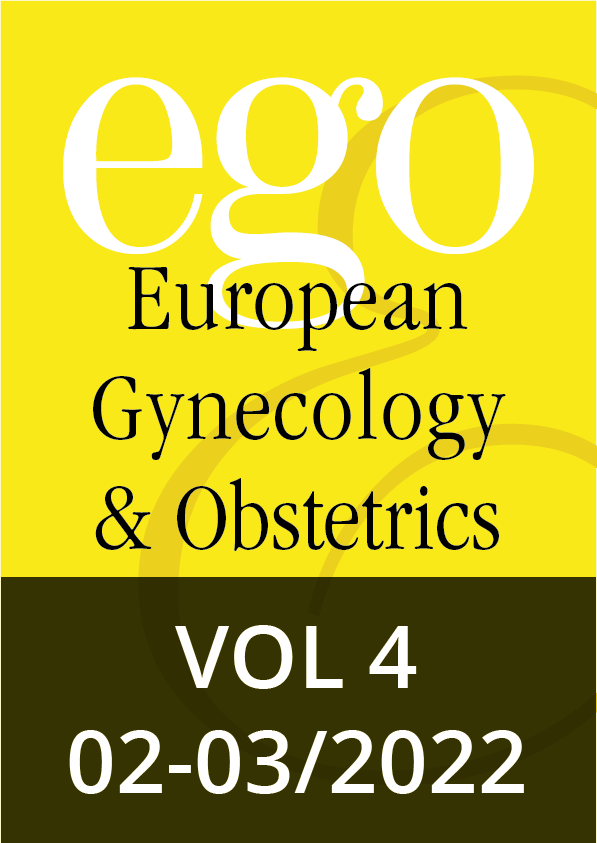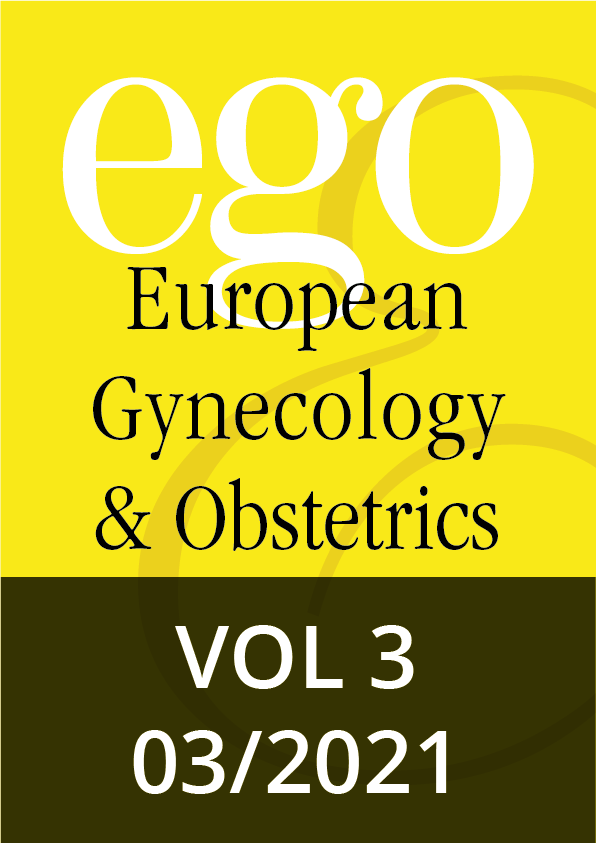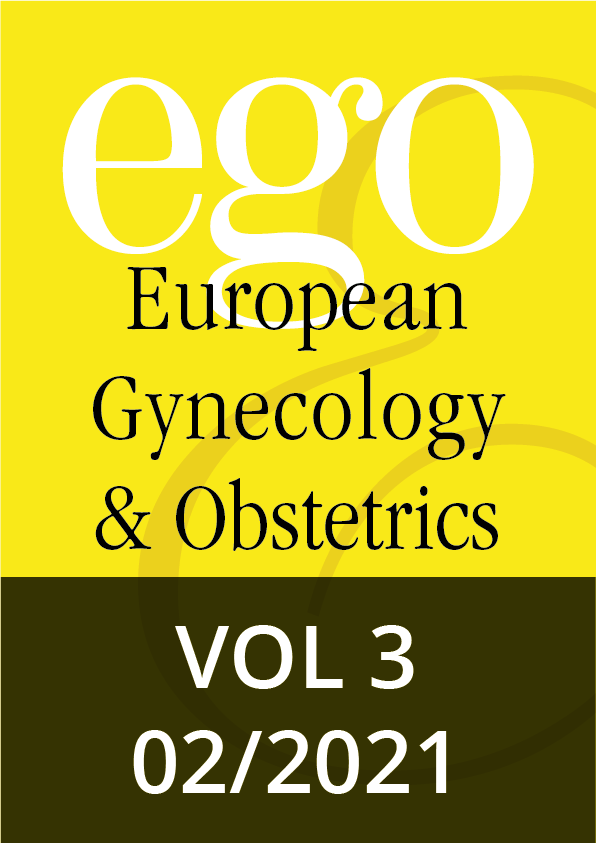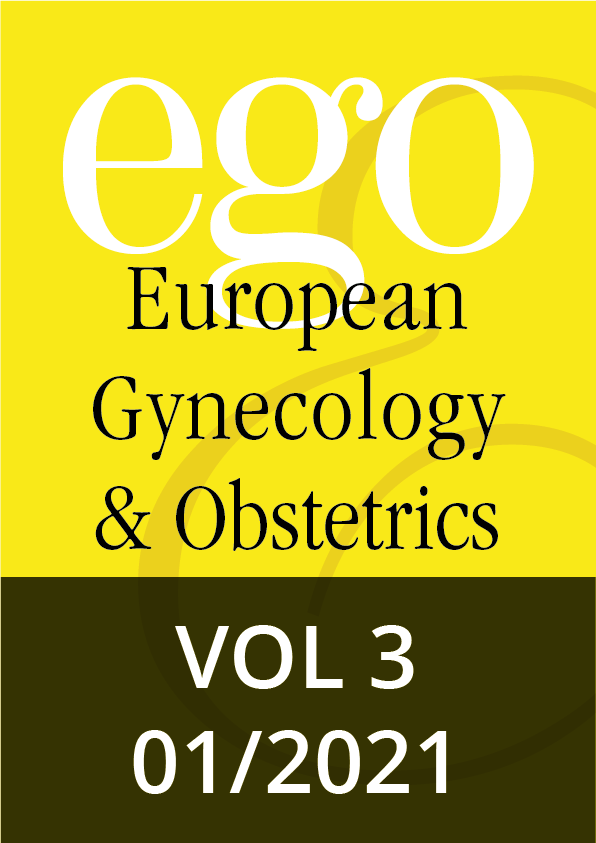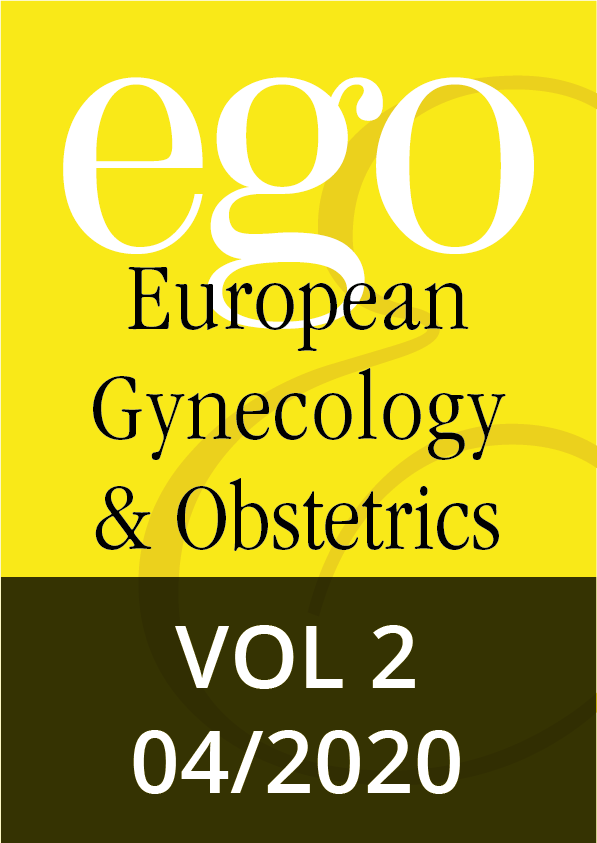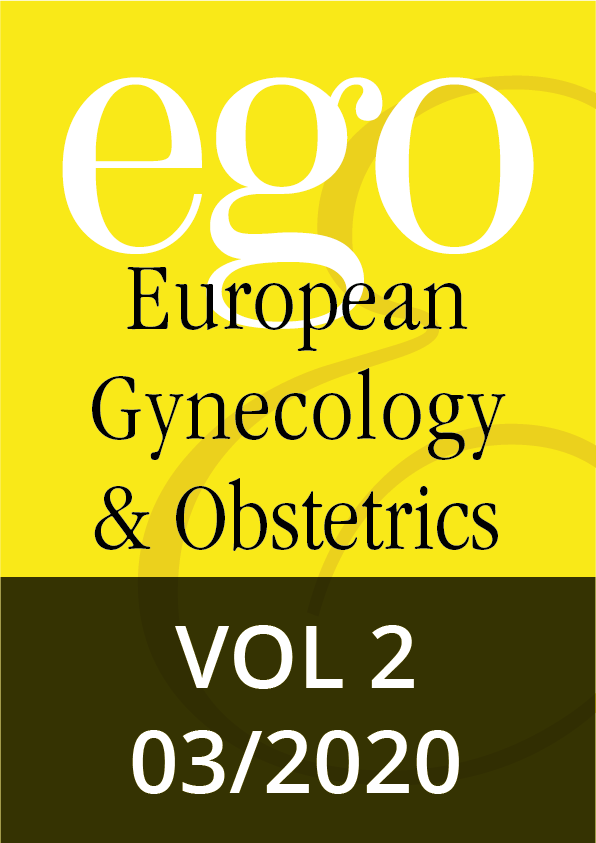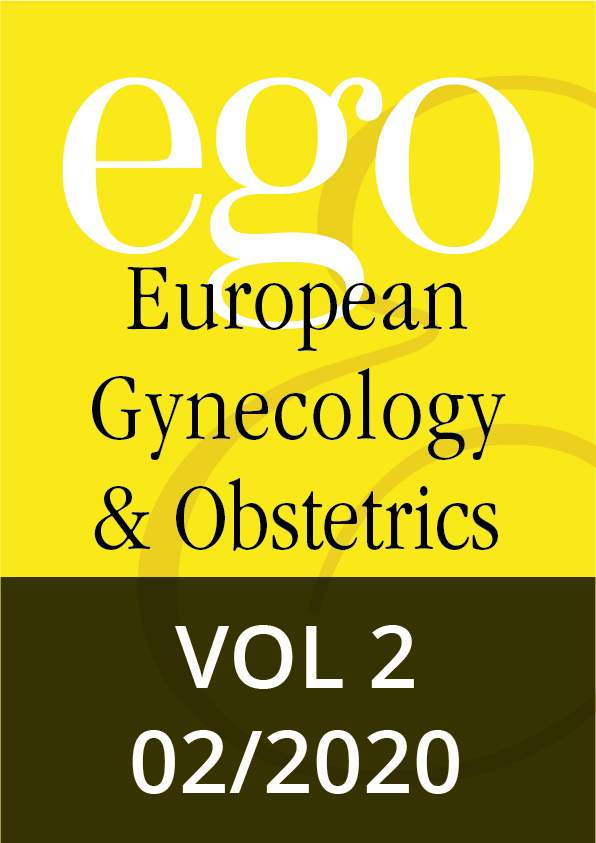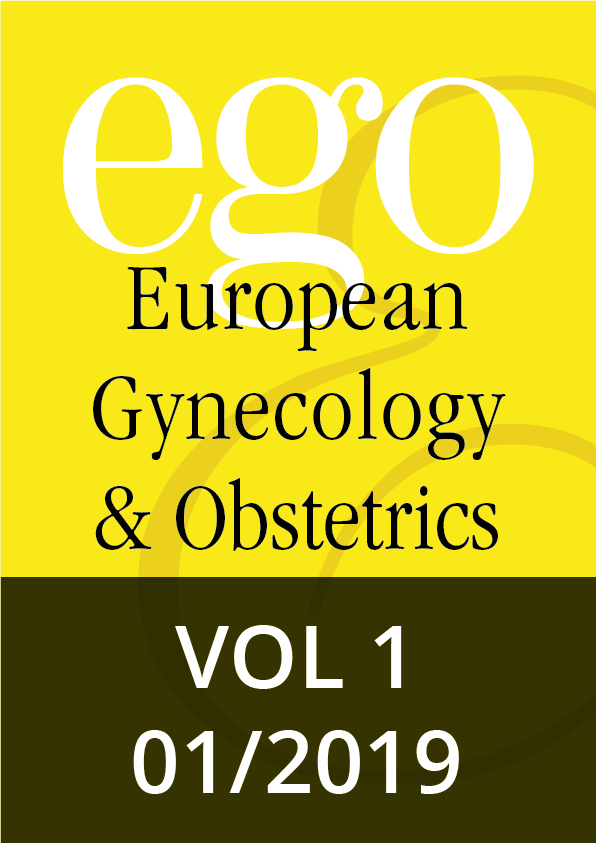LATEST ARTICLES
Perioperative outcomes of patients who underwent cesarean section after the introduction of ERAS-CD protocol elements: preliminary data
Eliana R. Niño Basilotta et al.
Background: The Enhanced Recovery After Surgery Cesarean Delivery (ERAS-CD) protocols published by the ERAS Society between 2018 and 2019 were developed with the same purpose as every other ERAS guideline: to offer the best available care to patients undergoing surgical procedures, using a multimodal and multidisciplinary approach based on the best clinical evidence.
Objective: We aimed to evaluate perioperative clinical outcomes following the introduction of ERAS-CD protocol elements and identify key factors in managing patients undergoing cesarean section to achieve early discharge at the Obstetrics and Gynecology Unit of Santa Chiara Hospital (Pisa, Italy).
Methods: Data used in this case-control retrospective study were collected from medical records of patients who underwent cesarean sections in 2023. Variables were categorized and described with frequencies and percentages. Statistical analysis was conducted initially with a univariate Chi-square test and subsequently with multivariate linear regression. The significance threshold was set at 0.05, using SPSS Version 29.
Results: Data from 413 medical records revealed significant associations for the failure of early discharge with gestational age (p <0.001), hypertension or preeclampsia (p =0.008), atypical fetal presentations (p =0.001), and post-partum anemia (p =0.001). The timing of urinary catheter removal and resumption of mobilization, elements of the ERAS protocol that have yet to be implemented, did not show a significant impact.
Conclusions: Although the early removal of the urinary catheter and mobilization has not yet been implemented due to logistical and structural challenges in our obstetric setting, the optimal length of stay was achieved. Multiple studies have shown that the complete implementation of ERASCD protocols adding all the crucial elements will likely lead to a further reduction of the length of stay and additional benefits in many other aspects of the perioperative period.
Psychological implications of long-term care for women with high-risk pregnancies
Stefano Di Michele et al.
Background: The psychological implications of prolonged hospitalization for women with high-risk pregnancies are often overlooked.
Objective: To quantify the psychological stressors experienced during high-risk pregnancies and underscore the importance of psychological support.
Methods: This cross-sectional study included 53 pregnant women admitted for at least seven days with singleton or twin high-risk pregnancies. Participants completed a standardized sociodemographic/obstetric data form and the Cognitive Behavioral Assessment Hospital Form (CBA-H) test. Statistical analyses were performed using PSPP and SPSS 20 (Chicago, IL, USA).
Results: The sample exhibited significantly elevated levels of situational (state) anxiety (p=0.001), reduced mood (p=0.009), neuroticism (p=0.001), and hostility (p = 0.004) compared to normative values. Prolonged hospitalization was associated with diminished psychophysical well-being, while early hospitalization at lower gestational ages correlated with lower Apgar scores at 5 minutes and reduced birth weight and length.
Conclusion: High-risk pregnant women are particularly vulnerable to psychological stressors, which can adversely affect maternal and neonatal outcomes. These findings underscore the importance of early psychological screening and tailored support protocols in high-risk obstetric settings to enhance maternal mental health and perinatal outcomes.
Antenatal features and management of alobar holoprosencephaly: a case study
Jelloul Rayhane et al.
Holoprosencephaly (HPE) is a congenital malformation of the brain and face due to incomplete cleavage of the prosencephalon. It affects one in 15,000 to 16,000 births. A 37-year-old patient with a medical history of type 2 diabetes under insulin treatment, and an infection with SARS-CoV-2 at 17 weeks of gestation during this pregnancy was referred to us at 21 weeks gestation following the discovery at the second-trimester ultrasound of an alobar HPE. A multidisciplinary meeting concluded that a termination of pregnancy was necessary given the poor neurological prognosis. Although, HPE is a rare congenital brain malformation. Prenatal ultrasound is the preferred diagnostic tool for detecting the condition and determining the need for pregnancy termination
Long term tamoxifen treatment in breast cancer patients and imaging signs of adenomyosis
Silvia Gabbrielli et al.
Background and aim: Adenomyosis is a uterine disease defined by the presence and growth of endometrial or endometrial-like structures within the myometrium. Imaging, including transvaginal ultrasound (TVUS), or magnetic resonance (MRI), is used to non-invasively diagnose adenomyosis. The condition is normally identified in reproductive life, but it can also be detected in postmenopausal women. Due to the fact that tamoxifen treatment is usually prolonged in breast cancer (BC) patients as an adjuvant endocrine therapy, and considering the association between tamoxifen and the increased incidence of endometrial pathologies, the present study investigated the possible association of long treatment tamoxifen with imaging signs (TVUS and MRI) of adenomyosis.
Methods: The study group consisted of BC patients (n=25) without clinical or imaging signs of uterine disorders prior to the tamoxifen treatment. Patients were followed up for a period of 6 to 60 months during which TVUS was performed for the evaluation of endometrial thickness and, because of the identification of abnormal uterine imaging findings. An MRI examination was also performed.
Results: During follow up, TVUS evidenced diffuse (40%) or internal cystic (32%) adenomyosis among the BC patients treated with tamoxifen, which was confirmed by MRI, with some difference in the phenotype, showing mainly internal cystic adenomyosis (80%).
Conclusions: The present data suggests that in some BC patients undergoing tamoxifen treatment, imaging follow-up with TVUS showing abnormal uterine findings further assessed by MRI may be useful in identifying adenomyosis.
Vaginal supplementation of high concentration Oxygen for the treatment of vaginal infections: A pilot, controlled trial
Fabio Facchinetti et al.
Background: Vaginal discomfort (VD) due to infections remains a challenge in clinical practice. Since many microbial agents grow in anaerobic conditions, a novel approach using oxygen supply has been proposed.
Objective: The aim of this pilot study was to verify the clinical effects of vaginal oxygen insufflation in women presenting with vaginal infections.
Methods: Fertile age women with a diagnosis of vaginal infections of different etiology were enrolled in a randomized, controlled, open label, monocentric trial. Women with vulvo-vaginal atrophy, amenorrhea since at least 3 months and exposure to antibiotics in the previous 30 days were excluded. Gynecological examination and vaginal swabs were performed. Women were randomized to 3 treatment groups. Group A received vaginal normobaric, high concentration oxygen supply (O2 concentration >95%, 3 lt/min for 20 minutes), twice/week for 2 weeks; group B received vaginal oxygen as Group A added to a targeted antibiotic or antimycotic treatment for 5-7 days; Group C received only the targeted antibiotic or antimycotic treatment for 5-7 days. Subjects rated vaginal discharges, vulvovaginal itching/burning and dyspareunia before and 10-14 days after end of treatment on a Likert scale. VD score was obtained with the sum of single symptoms.
Results: Out of 36 randomized women 32 were analyzed. Bacterial vaginosis (n=14), candidiasis (n=7) and aspecific vaginal infections (n=11) were equally distributed among groups. Baseline VD, as well as single symptom scores were not different among groups. At the end of the treatments, the VD score was significantly reduced by 89.2 ± 7.1% in Group A, by 85.1 ± 10.1% in group C and to a lesser extent by 52.8 ± 9.2% in group B, with significant reduction occurred in single symptoms.
Conclusions These findings demonstrate that the vaginal supply of high concentration oxygen has proven efficacy in patients presenting with vaginal infections. The effect is similar to the one obtained through targeted antimicrobial therapy.
Poor sleep is related to an increased risk of falls and fractures among elder individuals
Oslei de Matos et al.
Background: Poor sleep quality has been related to an increased risk of fall and bone fracture among elders. Sleep questionnaires and physical performance tests might help to understand the mechanisms of fractures in the population.
Objective: To assess the relation between poor sleep quality and physical performance tests as a major predictor of risk of falls and subsequent fractures in elders.
Methods: A total of 94 participants (30 male and 64 female) were included. Participants were allocated into two groups based on their sleep quality: normal sleep quality (NSQ, n=50 [21 male and 29 female]) and poor sleep quality (PSQ, n=44 [9 male and 35 female]). Dual energy x-ray absorptiometry was used to assess anthropometric and bone characteristics. Handgrip strength and gait speed were also measured in all the participants.
Results: In the NSQ group an association between bone density and handgrip strength was found. On the other hand, patients in the PSQ group presented correlation between handgrip strength and lumbar bone mineral density and appendicular skeletal mass. No differences between genders were observed.
Conclusion: Poor sleep quality impaired physical performance tests, negatively affecting lean mass and bone mineral density. These conditions may increase the risk of falls and consequently the risk of fractures in elders with independence of their gender.
Premature Ovarian Insufficiency: The Spanish Menopause Society (AEEM) and the European Society of Gynecology (ESG) position statement
Camil Castelo-Branco et al.
Premature ovarian insufficiency (POI) is an uncommon condition affecting 1–2% of women younger than 40, 1 in 1,000 in their thirties and 1 in 10,000 under 20 years of age. The multiple etiologies of this clinical condition can be classified as primary (chromosomal, genetic, endocrine, infectious, autoimmune) and secondary or iatrogenic (surgery, chemotherapy and/or radiotherapy). Despite important progress in genetics, most of the cases of primary POI are still classified as idiopathic. POI is defined by the association of one clinical and one biological criterion: primary or secondary amenorrhea or cycle irregularities of more than 4 months with onset before 40 years of age, and elevated follicle-stimulating hormone (FSH) on 2 assays at different times. Commonly, estradiol levels are low, and anti-Müllerian hormone (AMH) levels are almost undetectable. Initial diagnostic procedures comprise hormonal and auto-immune assessment, karyotype, FMR1 premutation screening and gene-panel study. The term ovarian insufficiency suggests that the lack of function is not necessarily definitive; therefore, it is important not to use the term premature menopause when a young patient is reporting this condition, since in some cases ovarian function may be restored spontaneously, and pregnancy may occur in about 6% of cases. In confirmed POI, hormone replacement therapy is mandatory at least up to the physiological age of the menopause onset. Management in a tertiary center is suggested.
Neuro-anatomy and neuro-physiology of happiness in ageing women
Franco Guidozzi et al.
Emotional lability is common after the menopause leading to significant unhappiness and deterioration in wellbeing of ageing women. Happiness results from the complex interplay of multiple endogenous and exogenous correlates which release “happiness hormones” and other neurotransmitters. These activate emotion centres in the brain resulting in a feeling of happiness and that of well-being. The emotional centres in the cerebral cortex and subcortical regions of the brain are connected by sophisticated limbic neural networks. This intricate network is controlled and stimulated by a number of neurotransmitters which are responsible for the integration, interpretation, formulation and the response to these correlates resulting in the perception of happiness. These neurotransmitters include oxytocin, dopamine, serotonin, endorphins, the “so-called happiness hormones” as well as gonadal hormones, gamma-aminobutyric acid, endocannabinoids and epinephrine which are the primary role players. The secretion of these hormones and neurotransmitters reflects interplay and/or interaction of one’s environment, relationships, diet, exercise regime, and even one’s gut microbes and the establishment of the sensation of happiness and well-being. Genetic makeup accounts for only 30-40% of one’s happiness. This review article describes the interplay between the neuroanatomy, the complex interlacing neural network and the neurotransmitters which are impacted by external factors.
The plague of insomnia and memory loss: combining magical realism with sleep medicine
Álvaro Monterrosa-Castro
